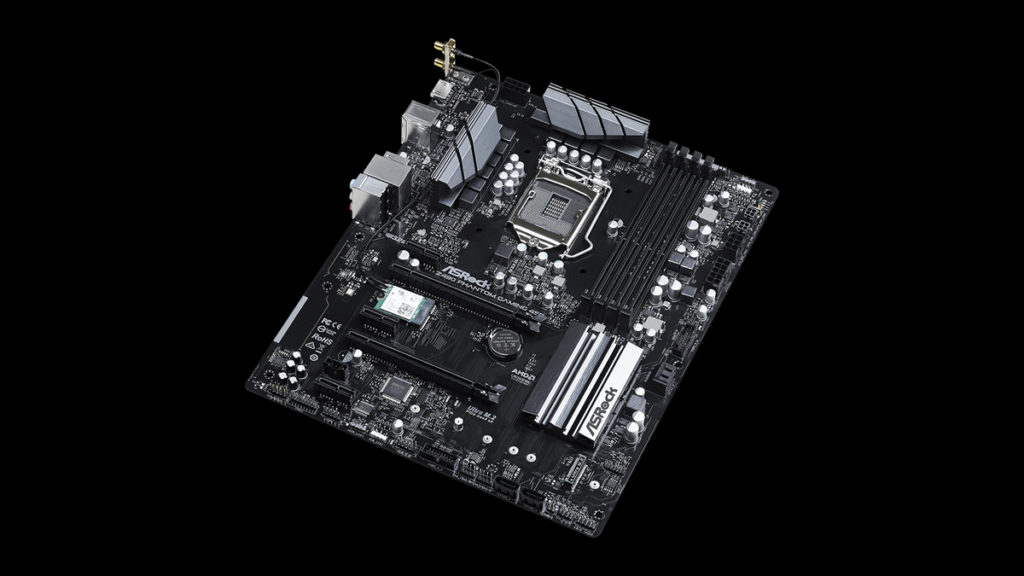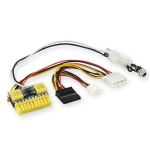I'm not a EE, but I do a lot of power projects for work.
A single rail with IC controlled regulation on the motherboard lets you be highly efficient once on a single rail, and then you can program software to do a lot of the efficiency work for you with programmable regulation on the motherboard. You can pretty tightly know what the load is going to be on that single rail - efficiency isn't a static number, it varies over load, and how that variation looks over the load curve can be somewhat tailored at design time - if you know your going to be at few basic discrete states (sleep, idle, load), you can target those few states on a single rail, rather than trying to do that per rail, multipling the number of states you need to be targeting.
I don't think it's much on efficiency, but a percent or two adds up over thousands of units and thousands of hours, and that's what government regulations will be targeting by creating and enforcing energy efficiency standards.
With 3 different voltage rails, you have to be efficient 3 times, and those 3 rails can all vary independently. The 3.3/5V rails don't get used all that much any more anyway - motherboards and GPUs already contain a good deal of their own regulation already, so the incremental cost on a motherboard is pretty slim.
Your shifting cost, that much is true, but I think the net, once you get past economy of scale issues and the fact that existing ATX PSU is a commodity item, is positive. PSUs will have a lot less complexity and can focus on just doing one thing really well: providing more RGB lighting and OLED status screens.


